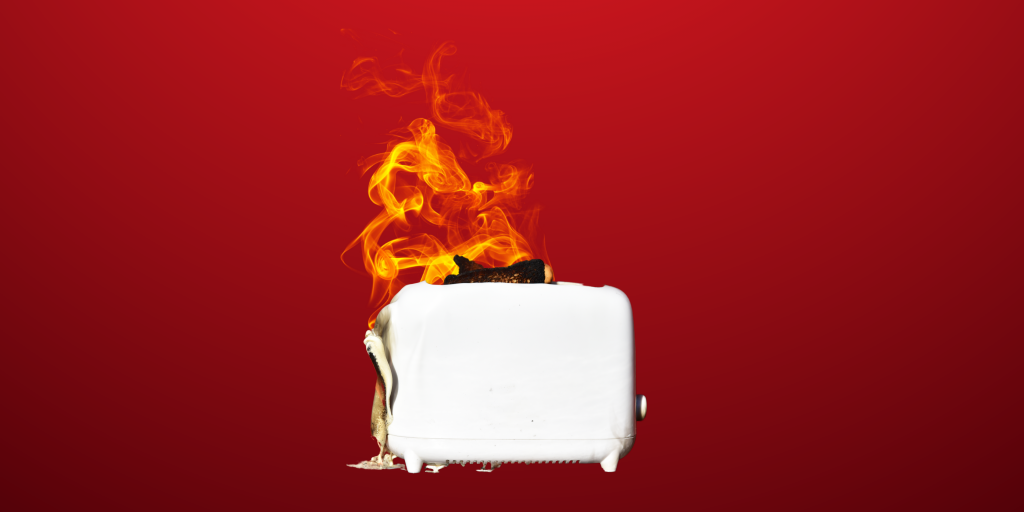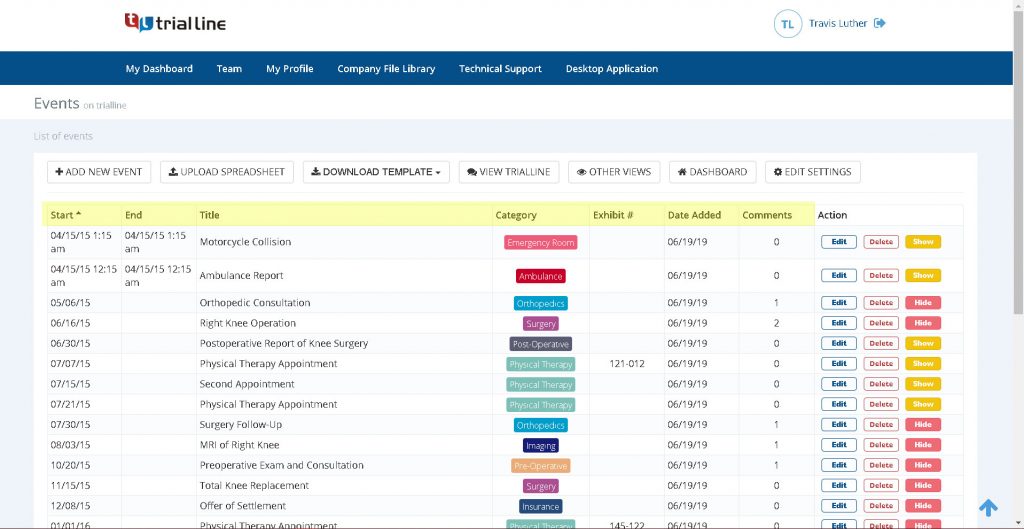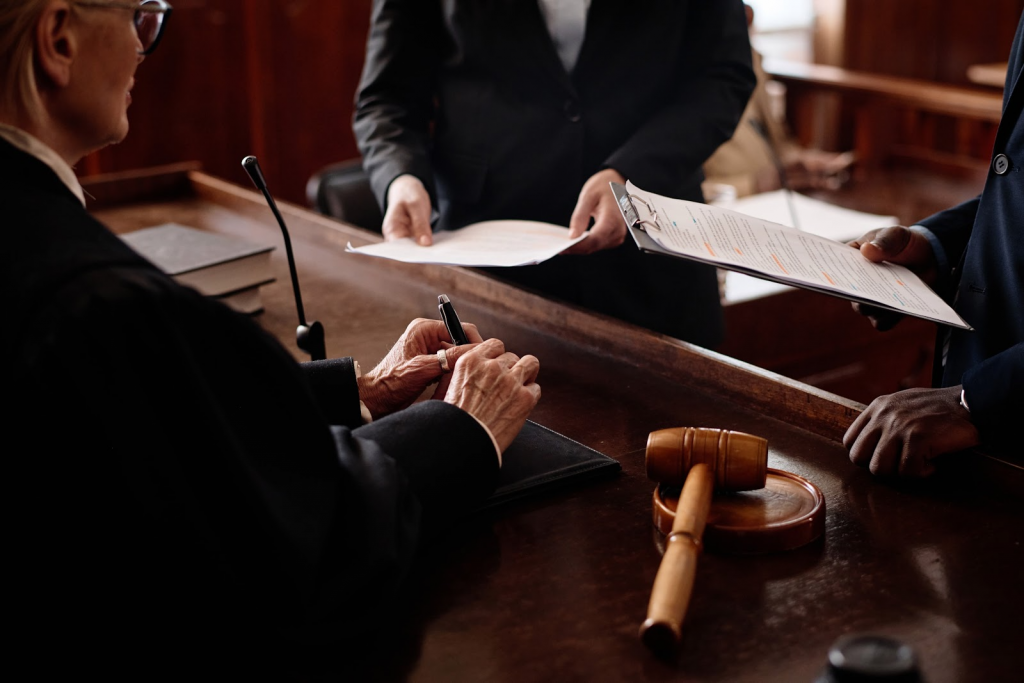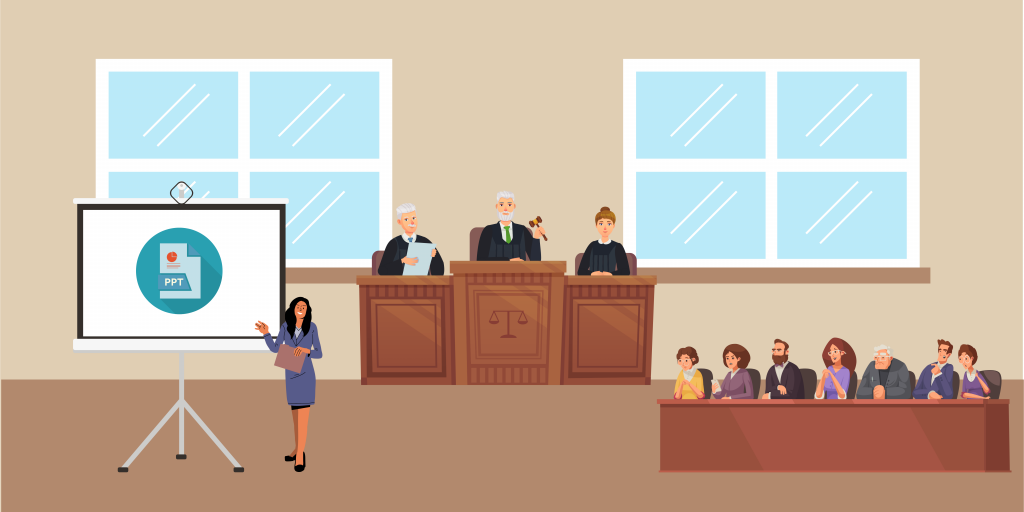As a consumer, if you are injured or killed due to a product defect, you have legal rights. Product liability laws regulate these cases, outlining when and how victims can seek compensation. Such cases are more common than you might expect. In 2021, 11.7 million people in the United States visited the emergency room due to injuries caused by consumer products. If you find yourself in this situation, here is a timeline of a product liability case, including what it entails, the steps you should take, and how the case progresses using legal timeline software.
Understanding Product Liability
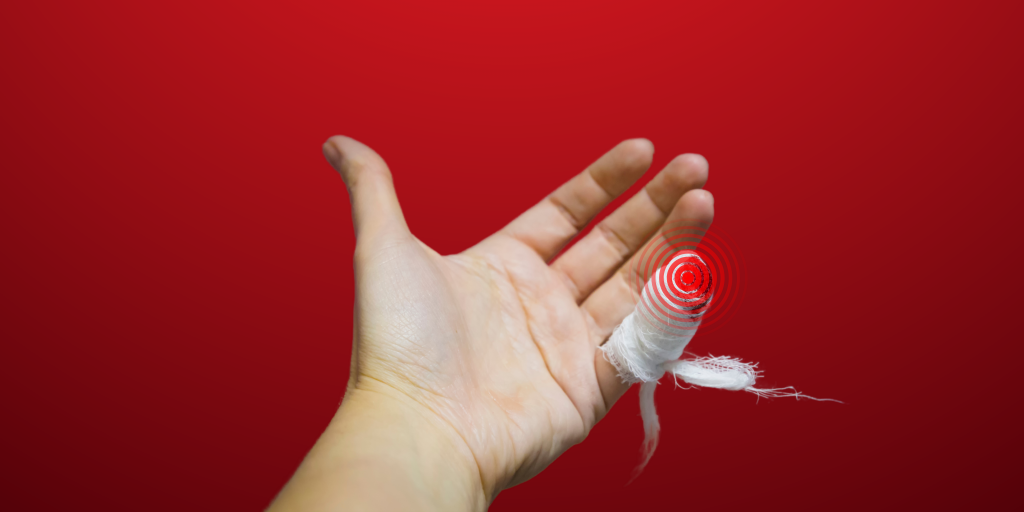
Product liability is the legal responsibility that manufacturers and sellers have when a defective product harms consumers.
Consumers have the right to expect that they will not be injured when using a product as intended. If they are harmed due to a defect, they can file a civil claim to seek compensation for their damages.
Product liability laws determine whether manufacturers, designers, or sellers can be held accountable and required to compensate for losses.
When any party involved with the product is found liable, it is an example of product liability.
Types of Product Liability Claims
Victims can file product liability claims for various issues with products that lead to harm. Common examples include:
Design defects
Design defects happen when a product is inherently flawed from the beginning. For instance, if a vehicle’s design increases the risk of rolling over and causing serious injuries in an accident, this would be considered a design defect.
Manufacturing defects
In some defects, issues arise during the manufacturing process. For example, a manufacturer may omit a part during vehicle assembly or improperly install an airbag, increasing the risk of injury in a car accident. Both the product’s overall manufacturer and the maker of its components could be held liable.
Say, for instance, faulty airbags are installed in cars, both the airbag manufacturer and the car manufacturer could potentially face lawsuits under product liability law.
Breach of warranty
Products may have either express or implied warranties.
Express warranties are written guarantees provided directly by the manufacturer, offering specific assurances about the product.
Implied warranties, on the other hand, are not explicitly written in agreements between consumers and sellers or distributors. Instead, they are established by law or circumstance. One example is the implied warranty of merchantability, which assumes a product is suitable for its intended use. If state law mandates certain items to have a warranty, this creates an implied warranty for the product, even if it isn’t stated in writing by the manufacturer.
Failure to warn
Some products are inherently safer than others; in certain cases, it’s impossible to eliminate all risks.
Manufacturers must inform consumers of any known side effects or risks associated with the product if safety concerns exist. Failing to warn about these potential dangers adequately can be considered a failure to warn, which is a type of marketing defect. This can lead to a product liability claim in court.
Factors that can Affect a Product Liability Case Timeline
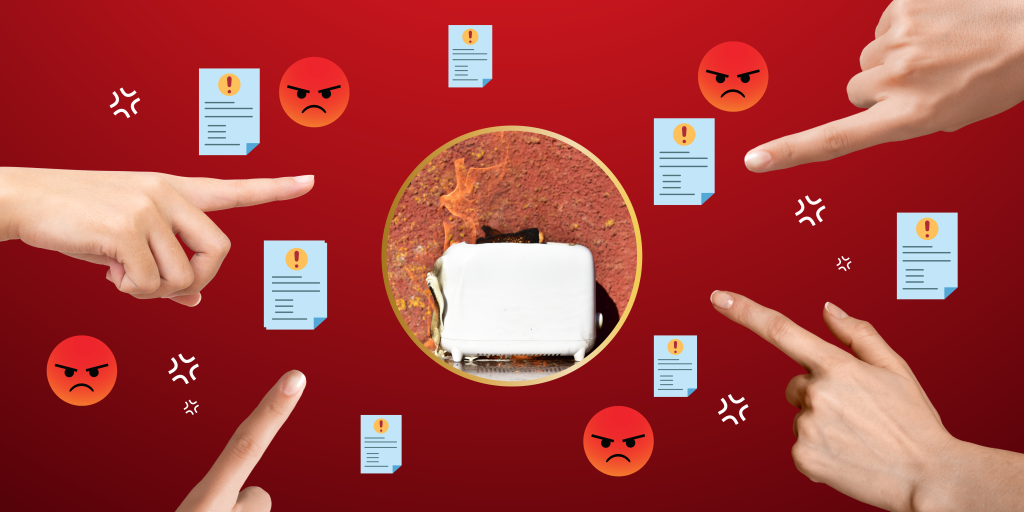
Each product liability claim is different. Some cases are resolved within months, while others may take years. There are no specific timelines for resolution, as it depends on the complexity of the case. Here are some key factors that can influence a product liability case timeline, which you should keep in mind if you ever find yourself in such a situation.
- The number of claimants
- The complexity of the case
- The number of parties involved
- The severity of the plaintiff’s injuries
- The amount of compensation requested by the claimant
- The willingness of the liable party to cooperate
- Whether the product was recalled and the timing of the recall
Keep in mind that even if your product liability lawyer considers these factors, your case will take as long as necessary to resolve. Also, be aware of the statute of limitations in your state when filing a product liability claim.
Key Stages Involved in Product Liability Case
In any case, product liability involves several crucial steps to secure justice and compensation for those affected. Here are the key stages.
Consultation with an attorney
The first step is to obtain legal representation from an experienced product liability lawyer. They will review your case, determine its viability, and assist you throughout the legal process. During the initial consultation, you’ll go over the details of your incident, your injuries, and any evidence or documentation you have.
Investigation and gathering evidence
After hiring a product liability attorney, they will perform a comprehensive investigation into the incident. This may include collecting evidence such as product samples, witness statements, medical records, and expert opinions. The attorney will aim to establish a causal link between the product defect and the injuries sustained.
These steps in the case timeline can be streamlined with case management software.
Determining liability and legal strategy
Based on the evidence collected, your attorney will identify who might be held responsible for the defective product which could include manufacturers, designers, distributors, or retailers. They will then create a legal strategy tailored to your case, considering relevant product liability laws and precedents.
If settlement negotiations do not succeed, your attorney will prepare and file a product liability lawsuit on your behalf. This process involves drafting a complaint that details the product defect, the injuries sustained, and the legal basis for holding the defendant(s) accountable. The lawsuit will be filed in the appropriate jurisdiction.
Discovery process
During the discovery process, both parties exchange pertinent information and evidence. This includes requests for documents, written questions (interrogatories), and depositions of involved parties and witnesses. The discovery phase enables each side to evaluate the strength of the other’s case and collect evidence to support their own arguments.
When legal professionals use trial timeline software in the case, they can effectively manage and utilize evidence and other important documents and statements during the discovery phase. This can contribute to a favorable outcome in the case.
Expert evaluation and testimony
Product liability cases frequently rely on expert opinions to prove the defect causation and standard of care. Your attorney may work with experts in areas such as engineering, manufacturing, or medicine to assess the product, offer insights, and testify on your behalf if the case proceeds to trial.
Case timeline software allows attorneys to link expert comments and notes to key events in the case, making it easier to present expert opinions and witness testimonies effectively.
Negotiations and settlements
During the process, your attorney will negotiate with the opposing party and their legal team. The goal of settlement discussions is to achieve a fair and reasonable resolution without the need for a trial. If a settlement is reached, the case is concluded, and the compensation is provided to the injured party.
Trial and verdict
If a settlement is not reached the case may go to trial. Your attorney will present your case, including evidence, witness testimonies, and expert opinions, before a judge and jury. The opposing party will also present their defense. After reviewing the arguments and evidence, the judge or jury will deliver a verdict.
Appeals (if applicable)
If either party believes legal errors occurred during the trial they may choose to appeal the verdict. An appeal requests a higher court to review the case to decide whether a new trial is necessary or if the verdict should be overturned.
Compensations a Victim Can Get When Harmed by a Defective Product
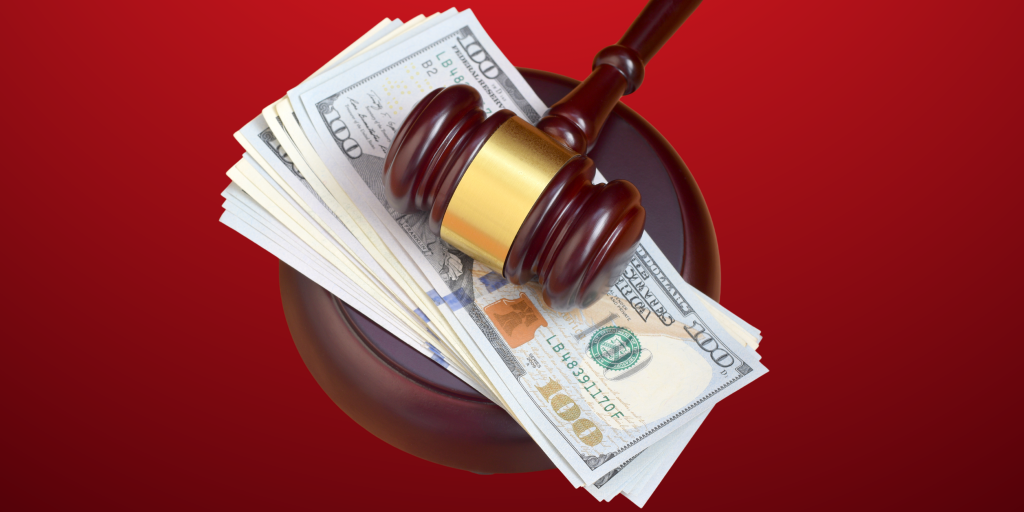
If you are injured by a defective product, you may be entitled to compensation for various damages, including:
- Medical expenses
- Lost wages
- Pain and suffering
- Emotional distress
In cases where a product defect leads to death, surviving family members of the deceased’s estate can file a wrongful death claim. This allows for compensation related to lost income the deceased would have provided, medical expenses incurred before death, funeral costs, and the loss of companionship.
Incorporating Legal Timeline Software in Your Product Liability Case
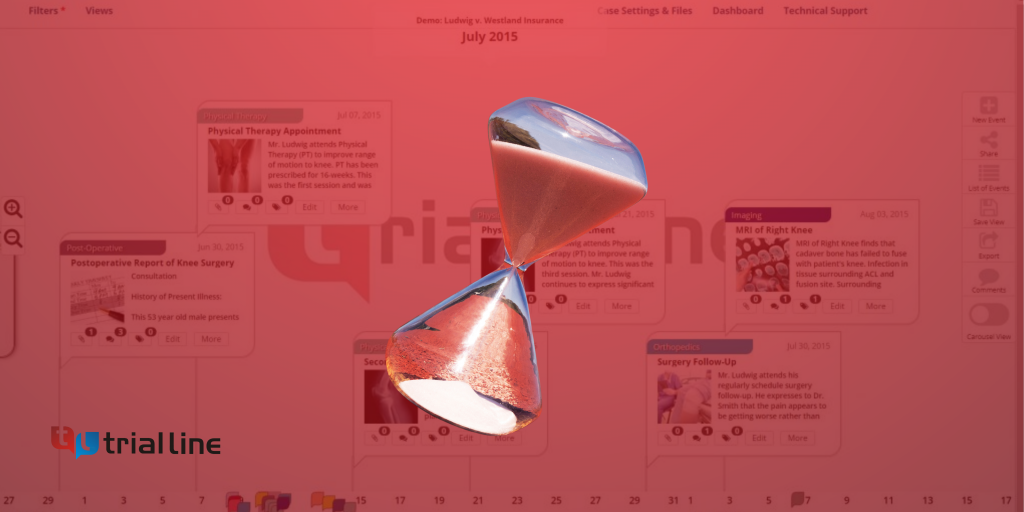
Legal timeline software is an essential tool for managing the complexities of product liability cases. By visually organizing events, deadlines, and evidence, it enhances case management and boosts the chances of a successful outcome.

